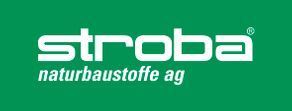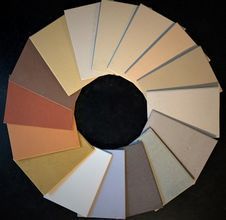Products for interior design
stroba terra Lehmprodukte
Humans have been building their houses from clay since ancient times – in Switzerland, especially as timber infill. Clay is abundant throughout the world, and one-third of humanity lives in clay houses. Clay possesses excellent sorption and desorption properties. It ensures a balanced moisture content in living spaces, which creates a very pleasant microclimate and healthy comfort. Clay is a very good heat storage medium. Constructions with heavy clay have excellent sound insulation values. Clay has an excellent energy and pollutant balance. Clay is easy to process, skin-friendly, and waste-free: it
It does not chemically set and can be repeatedly treated with water. Clay is an ecologically and economically viable and natural building material. It is readily available. Clay's material cycle is ingenious: Without any chemical additives, it can be reprocessed as a building material on site by simply mixing it briefly or returning it to the natural cycle without disruption.
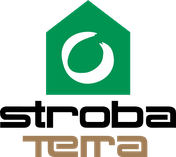
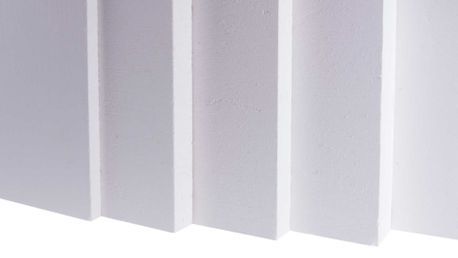
Mold remediation with CaSi Systems
CaSi climate panels are made of calcium silicate, a mineral-based material. The calcium silicate crystals form a microporous framework. Billions of these micropores are interconnected and connected to the outside air, creating a high level of capillarity. The material is permeable, capillary-active, thermally insulating, environmentally friendly, non-flammable, and mold-inhibiting.
Areas of application include the renovation of damp masonry, interior insulation and the control of mould in houses.
Ca Si Products:
- Climate plate
- primer
- Adhesives and embedding mortar
- stroba Sumpfkalkputz
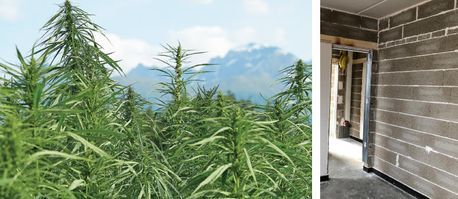
Hanfstein
The symbiosis of humanity’s oldest cultivated plant (hemp) with one of the oldest and most proven building materials (natural lime) results in the building material of the future.
Prices on request.
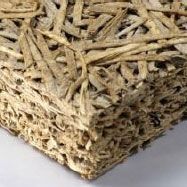
Wood wool panels strowo/heraklith
The compacted outer edges make Heraklith BM the ideal plaster base board for all lightweight partition walls and for use as cladding in timber construction. The magnesite-bonded wood wool lightweight board can be precisely bonded in the bed and butt joints and, with the appropriate mesh reinforcement, enables a flawless plaster build-up.
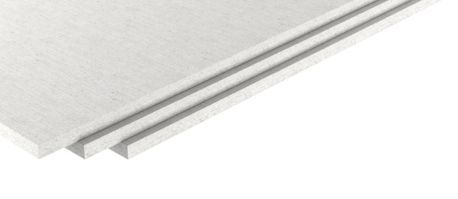
Fermacell
Fermacell was the first gypsum fiberboard on the market. For over 30 years, the brand has stood for high-quality drywall construction. Fermacell gypsum fiberboards are made from recycled paper fibers, gypsum, and water and are pressed under high pressure – without any additional binding agents – into stable, odorless boards. The special manufacturing process and the homogeneous blend of natural raw materials make the gypsum fiberboards stable, resilient, and resistant to mechanical stress. They can be used universally as construction, fire protection, and damp-proof boards, and also ensure a pleasant indoor climate – and are biologically tested.
Fermacell is:
- load stability
- insensitive to shocks
- economical fire protection
- effective sound insulation
Fermacell products:
- Gypsum fiberboard for walls
- Floor element
- Filling
- Screws and accessories

Tadelakt
Mineral gloss plaster
Tadelakt (also Taddelakt; pronounced Tade-lakt; from tamazight dellek, "to knead, to crush"; Arabic: تدلاكت) is an ancient Moroccan lime plaster. The intensive compaction during processing (lime pressing technique) results in a high strength and water resistance of the coating, as well as a glossy effect. The waterproofness is based on the water insolubility of lime soaps, which is also used in the Opus signinum technique. According to oral tradition, Tadelakt was developed several thousand years ago by Berbers to seal cisterns. Later, it was also developed for hammams, the oriental steam baths, into a high-quality glossy plaster, and eventually also used for palaces.
Quelle :wikipwedia




